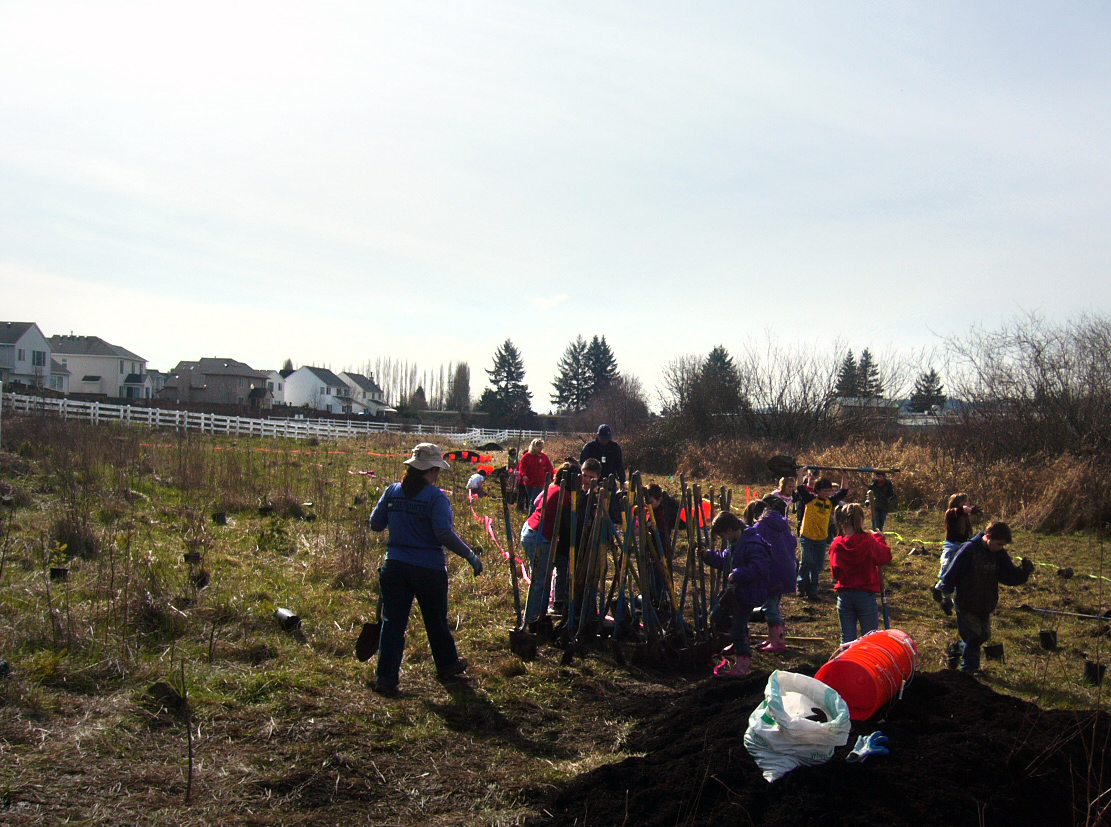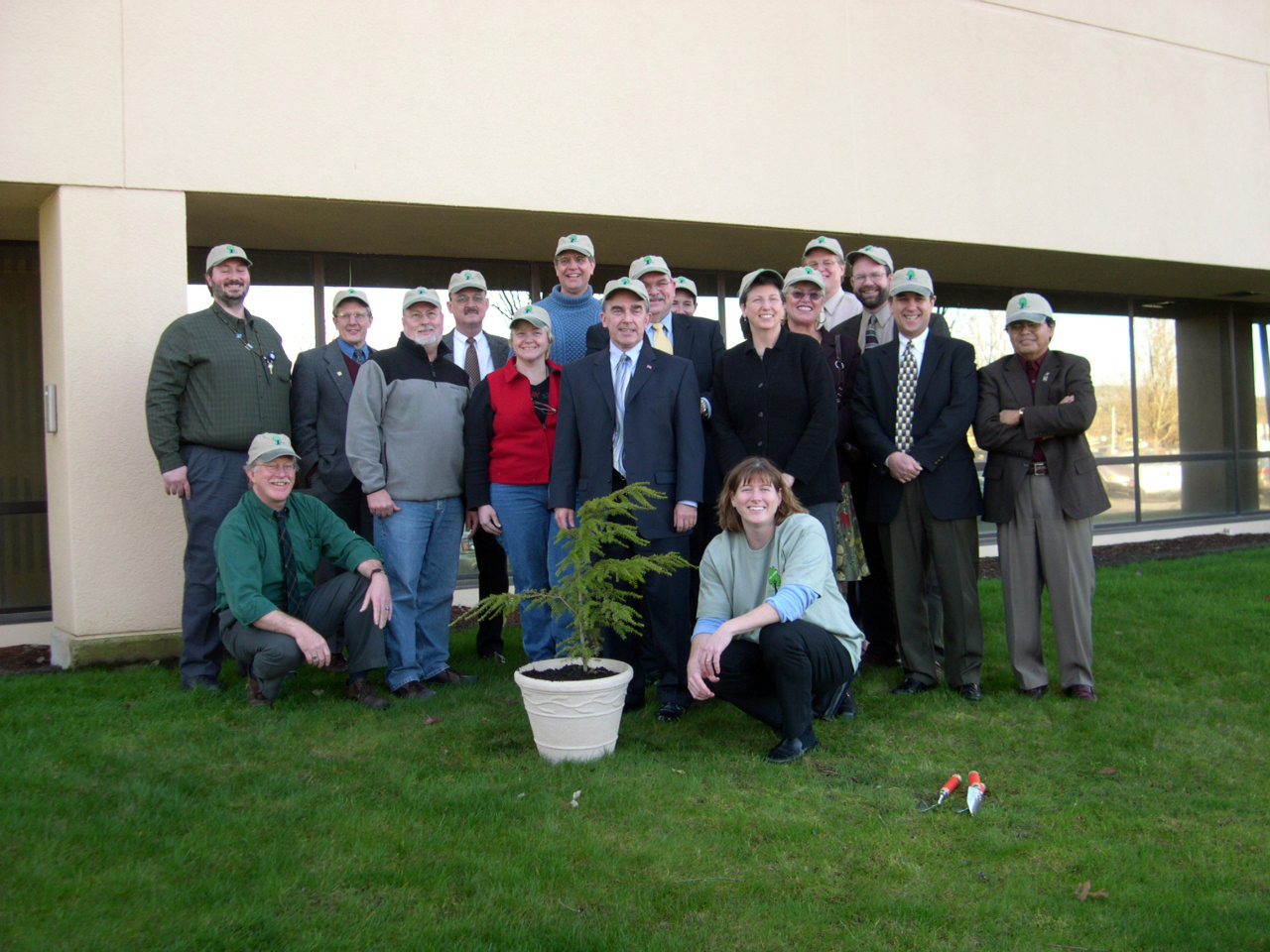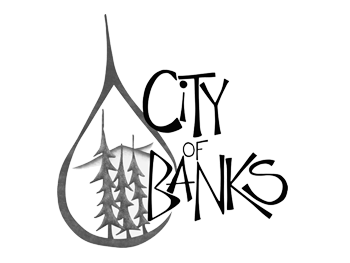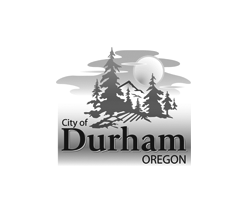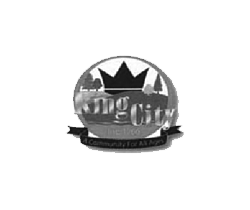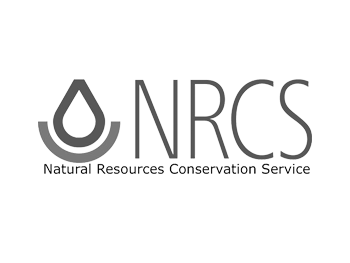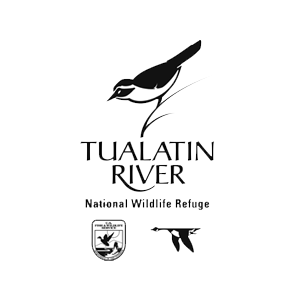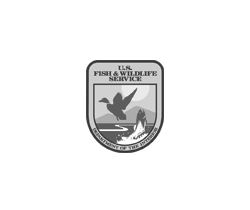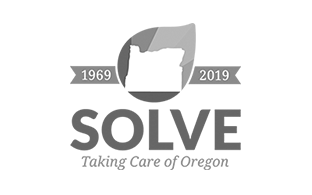More than a Decade of Dedication—and Results
In 2006, communities of the Tualatin River Watershed came together to develop a coordinated plan for managing water resources. Their plan emphasized the health of the Tualatin River and its tributaries, while taking into account community values and regional economic needs.
A top priority for the health of the Tualatin River was keeping its water cool. A beautiful solution was to plant trees, which would provide shade, wildlife habitat, and many other water quality benefits. Even better, engaging the community in tree planting offered a chance to build a legacy of stewardship. The solution to the problem was clear, and the Tree for All community stream planting challenge was born.
The original Tree for All team set out to plant one million trees and shrubs in 20 years. They started with a big to-do list:
Develop partnerships with like-minded agencies and non-profits
Figure out where the trees should go
Work with local nurseries to ensure that there were enough trees to plant
Locate and mobilize contractors to help with planting
In less than a decade, partners exceeded the original, twenty-year goal. And their good work didn’t go unnoticed: In 2010, Tree for All's community planting program earned the Oregon Urban and Community Forestry Award. In 2014, The National College of Natural Medicine honored Tree for All as a model of green leadership.
“The level of collaboration that's going on in the Tualatin basin, at least from my experience, is unprecedented,” says Aaron Shaw, Natural Resources Program Manager at the Tualatin Soil and Water Conservation District. “The partnerships that exist, the robustness of them, the willingness to collaborate and do projects to be more impactful is a benefit to everyone in this basin and in Washington County.”
And Tree for All was just getting started. In the planting season that followed (2014-2015), partners planted more than 2 million native trees, shrubs and grasses in the Tualatin River Watershed.
“Over the past 30 years, the Tualatin River has experienced a transformation from being one of the nation’s most polluted waterways to a place that functions more as the complex ecosystem it once was, with wildlife and bird populations returning and streams reconnecting to their floodplains. This transformation was made possible through a series of collaborative partnerships supported through the Tree for All program.”


